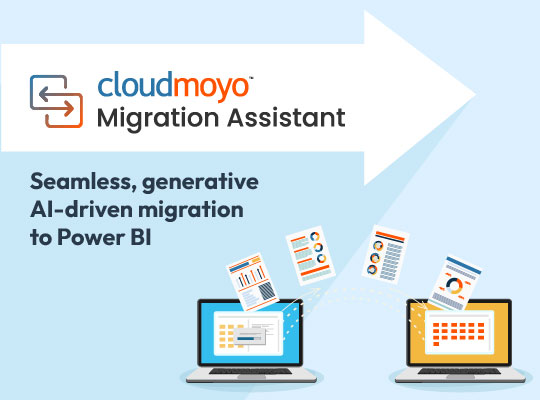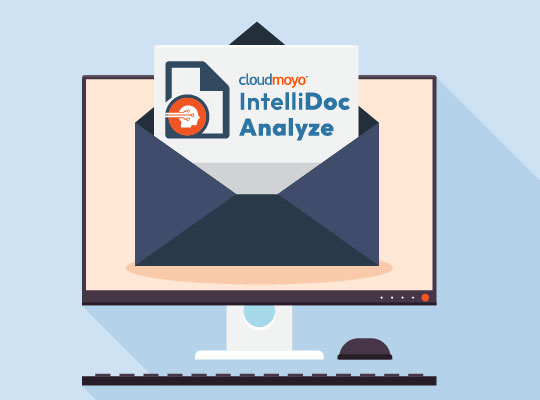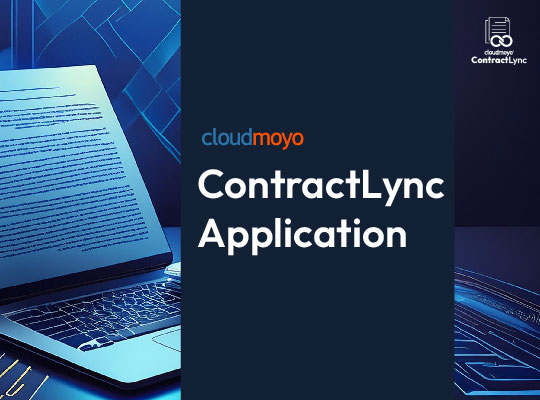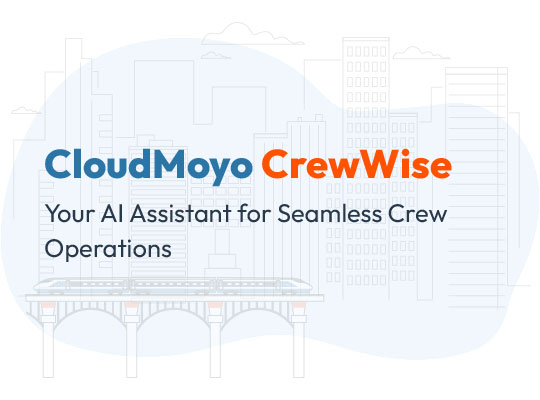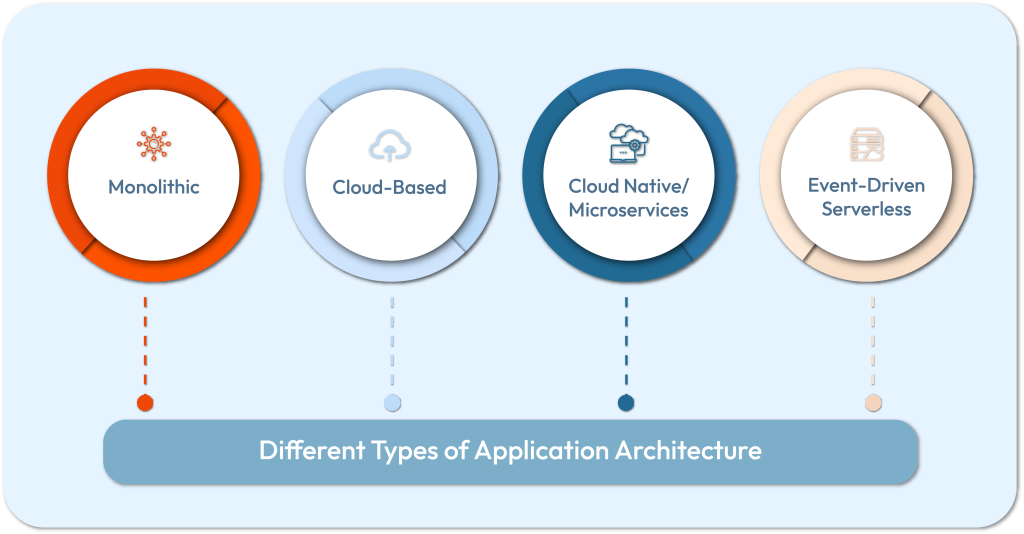In one of our last blogs – Building Business Architecture for Resilience – we touched on the importance of building a strong data architecture for your organization. And while data can make up a huge part of your enterprise and informs decisions made, we can’t forget the importance of application architecture at an enterprise.
What is Application Architecture?
According to TechTarget, application architecture “is a structural map of how an organization’s software applications are assembled and how those applications interact with each other to meet business or user requirements.”
Your enterprise applications are meant to integrate your enterprise so all business operations are coordinated across your company, like accounting, finance, HR, inventory, etc. Ideally, an organization would need just one platform to control all these processes (which is why many businesses have started upgrading from on-prem to cloud systems!). Your application architecture connects all these processes.
Application architecture can be designed in different ways but differs from software designs. Your architecture is like the base of a house – beams, foundation, materials – while software is designed around the base (like exterior house colors or countertop finishes).
Components of Application Architecture
Application architectures typically have three basic layers that slice an app into more manageable units:
- Presentation Layer – the highest layer of software that includes a user interface (UI); how users interact with applications
- Business Layer – the layer that holds the logic of the application (like currency calculations, workflows, and data models); lets developers design apps to support multiple user interfaces
- Database Layer – communicates with data source; includes servers, databases, networks, storage, and middleware
Types of Application Architecture
Like architecture in the real world (Baroque, Classical, Gothic, Victorian), there are a few different architectural styles and patterns you can use when developing enterprise applications!
- Monolithic Architecture: This is a traditional client-server architecture, consisting of the three components mentioned above. It was originally designed prior to the explosion of cloud technology, meaning these apps have had difficulty adapting to the cloud. Monolithic is also sometimes called Layered or N-Tier.
- Microservices Architecture: Applications are typically broken down into the smallest possible components. For example, in e-commerce, you can break down your app into a shopping cart, customer reviews, and search. The services communicate with each other, and each service can also be built by a different small team.
- Cloud-Native Architecture: This design utilizes cloud services for building applications. It allows for scalability and agility and typically means faster time to market. The objective is improved speed, scalability, and margin.
- Event-Driven Architecture: According to HubSpot, “a system design practice built to record, transmit, and process events through a decoupled architecture.” Essentially, your systems don’t need to know about each other to complete tasks and share information! This is best for real-time processing and self-service scenarios – credit card swipes, temperature readings, or even pressing a button. The event kicks off specific tasks related to the action.
Other application architecture types include mobile application architecture and serverless architecture.
Best Practices for Your Enterprise Application Architecture
Every organization has unique needs and different end goals, but one thing is certain – scalable and agile technology is a necessity in today’s world. By 2026, 75% of organizations will undergo a digital transformation predicated on the cloud. This includes nearly all (if not all) business processes and the applications needed to keep your business running.
As you evaluate what your organization needs in terms of building or rebuilding your application architecture, there are a few best practices to keep in mind:
- Flexibility & Agility – How will your architecture scale and adapt as your business changes to support new requirements?
- Security – What risks and security threats need to be addressed when building your application architecture?
- Objectives & Goals – What are your organization’s goals for this architecture? What kind of architecture will best serve the needs of your organization and its projects?
- Documentation & Testing – How will you comprehensively document your architecture so it’s easily maintained and understood? How often must testing be conducted to ensure your architecture is secure and functioning correctly?
CloudMoyo Architecture Advisory Services
As a Microsoft Partner with more than a decade of experience in digital transformation, CloudMoyo’s experts have experience in a variety of technologies like Microsoft Power Apps, Azure, Snowflake, and more to provide a tailored solution that fits your business needs.
Architecture Advisory Services at CloudMoyo starts with a conversation about what your organization needs, whether it’s building and modernizing your data architecture, your application architecture, or both. Whether it’s a transition to Salesforce or moving from on-prem to the Cloud, our business intelligence architects can offer a variety of solutions.
One of our clients faced an obstacle in modernizing its business architecture and sought to improve its end-customer experience. Their current post-sales inquiries were being managed in their legacy Customer Relationship Management (CRM) software that lacked many benefits of modern systems built in the cloud.
Our team of experts built a new data architecture that helped our client have centrally stored and updated data flowing bidirectionally. The project was deployed using Azure DevOps and helped provide uninterrupted service to our client’s end customers.
Read the rest of the story here >>
If you’re ready to build (or rebuild) your application architecture or have any more questions, we’d love to connect! Our team would love to work with you and build a tailored solution to stand the test of time.
Connect with us here >>










